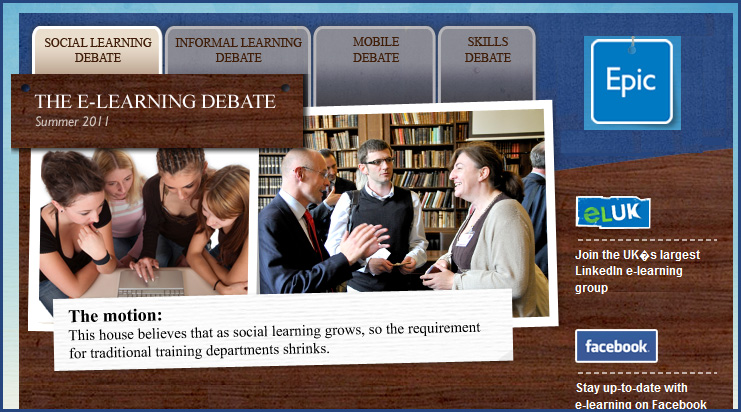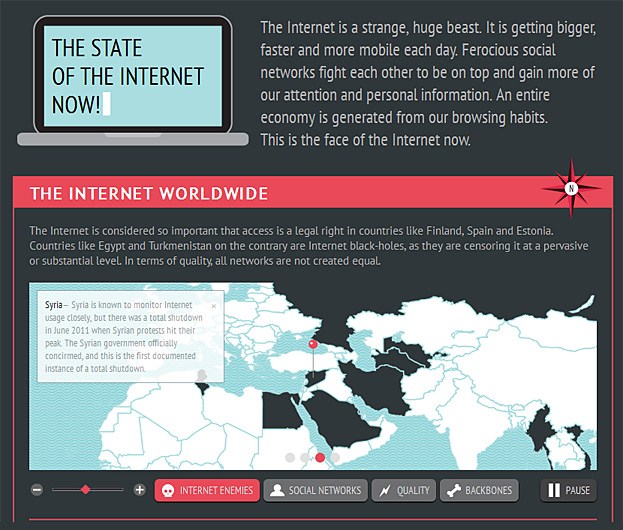Anywhere, Anyplace, Anytime: Mobile Learning on the Rise — from Knewton
Amazon acquires Pushbutton — from pushbutton.tv
Excerpt:
Pushbutton have announced today that Amazon.com, Inc (NASDAQ: AMZN). have acquired Push Button Holdings Ltd.
“Pushbutton has a strong reputation for delivering amazing user experiences on connected devices,” said Greg Greeley, Amazon’s Vice President of European Retail. “They were instrumental in helping launch the LOVEFiLM player through a variety of devices, and we look forward to helping them continue to innovate on behalf of customers.”
“With Amazon and LOVEFiLM’s support, we look forward to offering our clients, as well as their customers, even more ways to access digital services in the future,” said Paula Byrne, Pushbutton Managing Director.
Also see:
- Amazon Snags Video Technology Company— from businessinsider.com
Planit, a concept app from Pushbutton.
Image: Pushbutton
Top Trends of 2011: Second Screen Apps — from readwriteweb.comby Richard MacManus
Human Capital Trends 2011 — Revolution/Evolution — from deloitte.com
Revolution
Workforce analytics: Up the ante …………………………………………….. 1
HR in the cloud: It’s inevitable …………………………………………………. 4
From ladder to lattice: The shift is on ………………………………………. 7
Emerging markets: The front line for growth and talent …………….. 10
Diversity and inclusion: Driving business performance ………………… 12
Next-generation leaders: New models for filling the pipeline ………. 15
Evolution
Talent in the upturn: Recovery brings its own challenges ……………. 18
COOs for HR: Operations takes a seat at the table …………………….. 21
Leading in a regulated world: All risk, all the time……………………… 23
Collective leadership: Getting organizations to work as one ……….. 27
Contingent workforce: A critical talent segment ……………………….. 30
Employer health care reform: Moving beyond compliance …………. 32
Learning TRENDS by Elliott Masie – July 13, 2011.
#670 – Updates on Learning, Business & Technology.
http://www.masie.com – The MASIE Center
Excerpt:
Corporate Learning & Higher Ed: Learning from Each Other! Every year, I am struck by how similar some of the issues are that colleges and universities face with learning approaches to our own challenges in the corporate world. Yet, our 2 worlds rarely discuss or collaborate. Well, I am very pleased and honored to announce that EDUCAUSE’s President, Diana Oblinger, will be a keynoter at Learning 2011, to be held in Orlando in November. EDUCAUSE is the association, with 2,300 colleges and universities as members, whose mission is to advance higher education through the use of technology. Diana will present research and perspectives on how learners are evolving, learning systems need to change and ways in which workplace learning and higher education learning can learn from and with each other. I am excited about helping to build this connection. Diana will be meeting with the CLO’s and other learning leaders at Learning 2011 to discuss how collaborating between our two worlds.
Info at http://www.learning2011.com
From DSC:
Thanks Elliott! Thanks Diana! Great idea!













